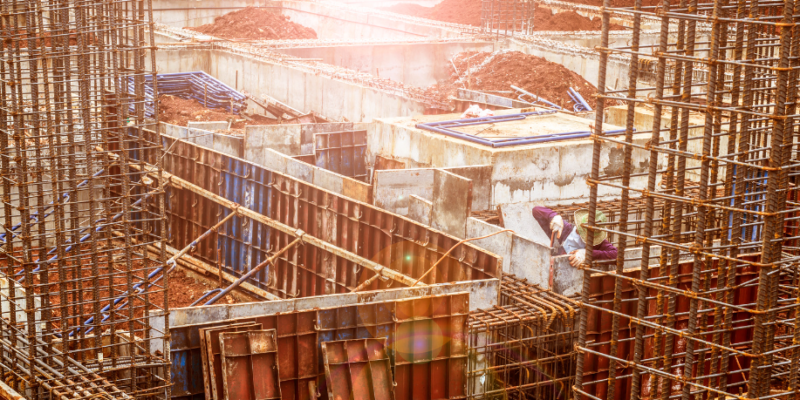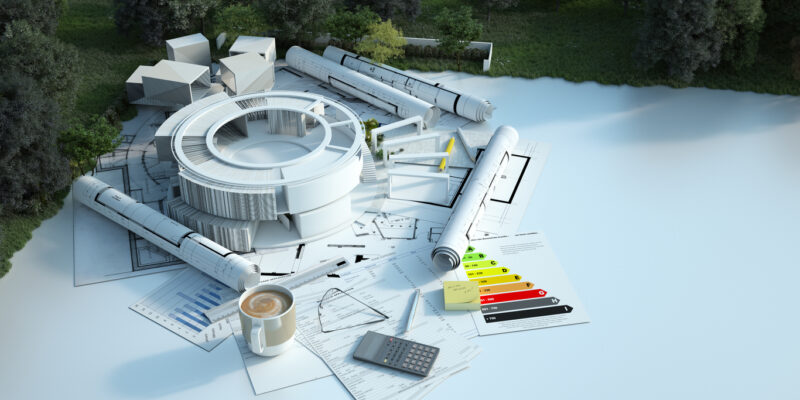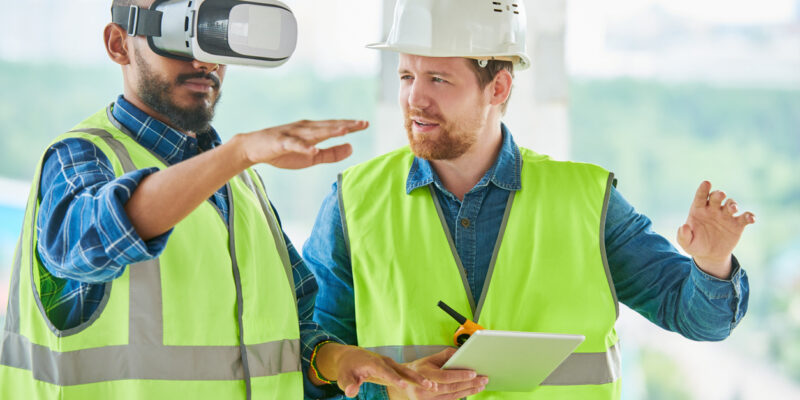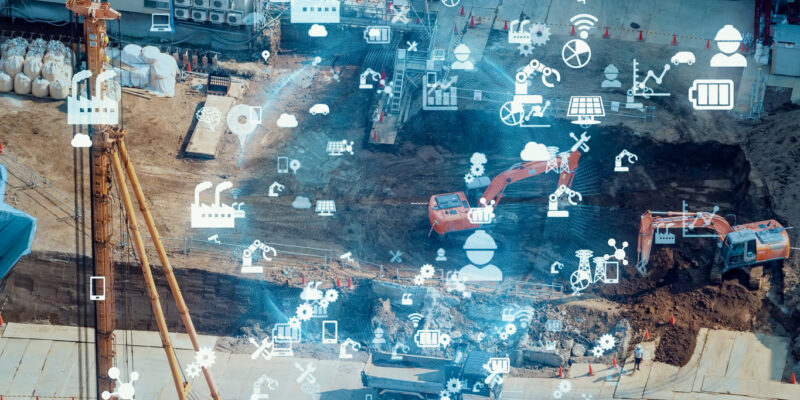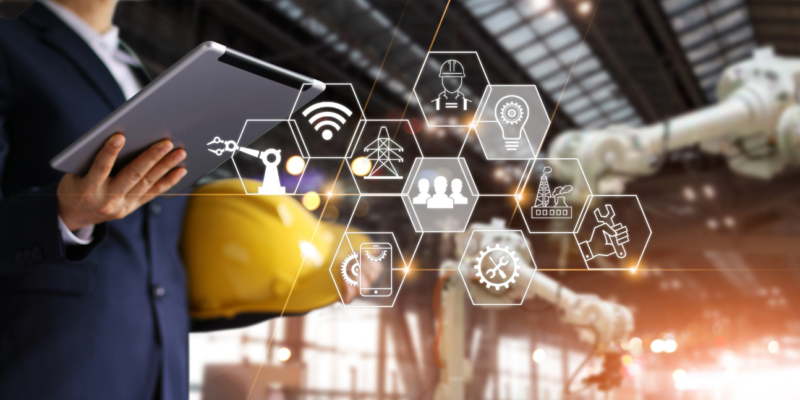Saying a company’s construction project is out of this world may soon be more than a compliment. NASA recently awarded three companies a total of $19.4 million in grants to fund the creation of solar panel prototypes that will be able to withstand the harsh conditions on the moon. The end goal: to develop a power system deployed to the moon’s south pole by 2030. These systems would then power the construction and establishment of permanent lunar settlements.
Construction Conundrum
While exciting, lunar construction is not new. Scientists have been thinking of developing structures since Neil Armstrong took that one small step on the moon in 1969. The key, according to experts, is to utilize the materials already found there. Bringing materials to the moon is cost prohibitive (launches cost about $81 million per astronaut), and even if it were cost-effective, the moon’s inhospitable environment makes most earthly construction materials unusable.
Specialized Materials
To combat this problem, researchers at The University of Texas at San Antonio, in collaboration with Astroport and funded by NASA, are working to create concrete out of the moon’s regolith, a layer of unconsolidated rocky material covering bedrock.
This concrete will then be used to make launch and landing pads, blast shields, and other structures used in travel to and from, and in time, life on the moon. Their current process melts the regolith, forms it into bricks and then places them without the use of any grouts or mortars. To enable the process, multiple machines operate in remote control mode or autonomously, with step sequencing enabled to allow collaboration between machines.
Of course, to start this chain of events you first need the raw materials. A team at the University of Central Florida has been working to develop a wide range of technologies to extract and process the regolith. They include both rovers and excavators that work as a swarm to extract the regolith, sort the pieces by size, and then compact it for use in the concrete process.
Reaching for the Stars
To further expedite this process, The University of Southern California has teamed up with Contour Crafting Corporation to make a conveyance system to move the regolith. Known as CraftTram, this autonomous device would be used in the movement of regolith to build sites, much like trucks and loaders on earth. It would also be foldable, compact, and super lightweight for easy transport to the moon via a rocket cargo compartment, and would use only a small amount of energy to move material both uphill and downhill.
Meanwhile, Michigan Technical University, Masten Space Systems and lunar outpost have teamed up to create a wide variety of analytical tools to create the blueprints for lunar structures, calculating parameters like lander size, payload weight, compaction levels, and more. Other technologies, like 3D printing, will also be used in lunar structures, which can then be powered by solar.
All these technologies are creating a new frontier!
While Steadfast Entities, LLC currently plans to keep our products, equipment rentals and staffing Earth-side for now, we can’t wait to see where this leads and the changes that will result in construction here on our home planet.



